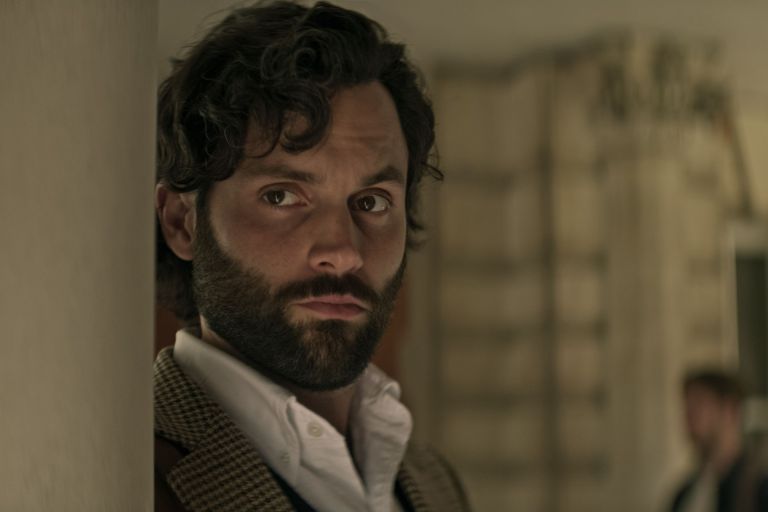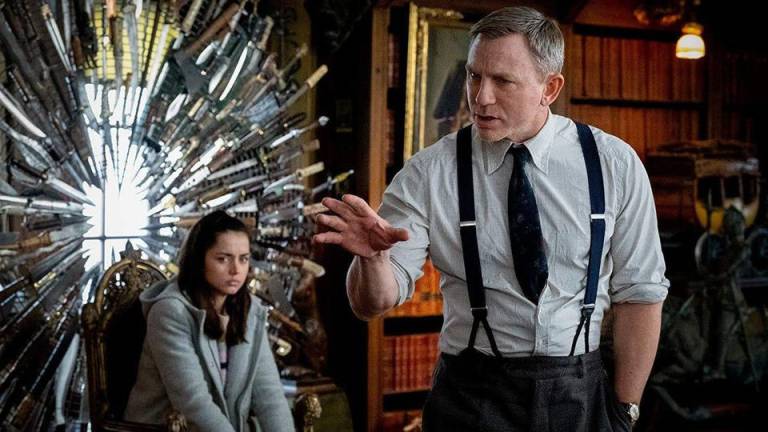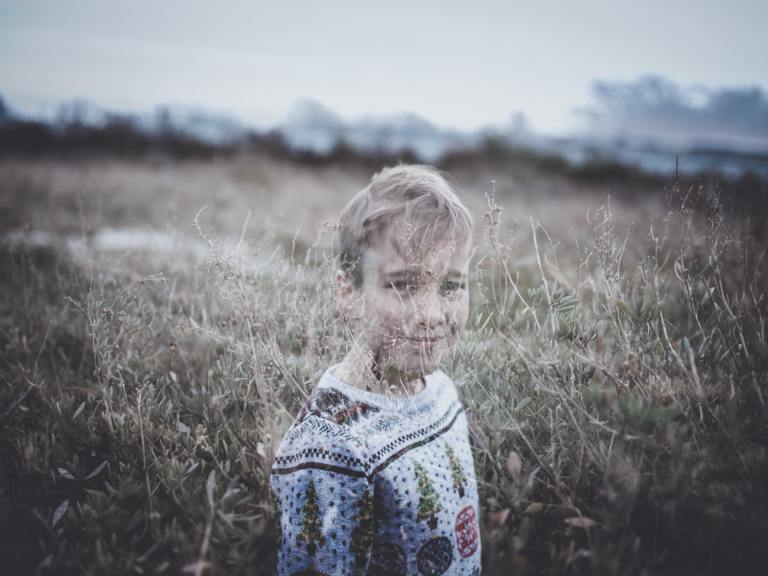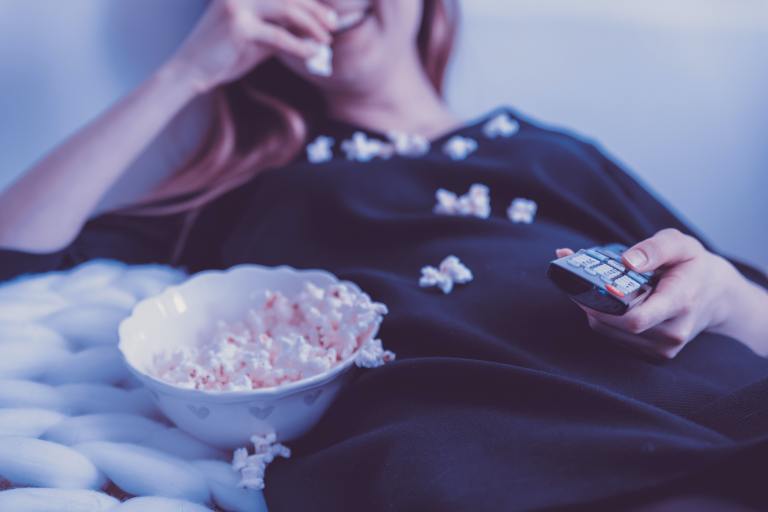Moving From Small Town To Big Art
When we go to the top floor -- really, the only floor worth visiting at MoMA -- I spotted a Miró across the room.
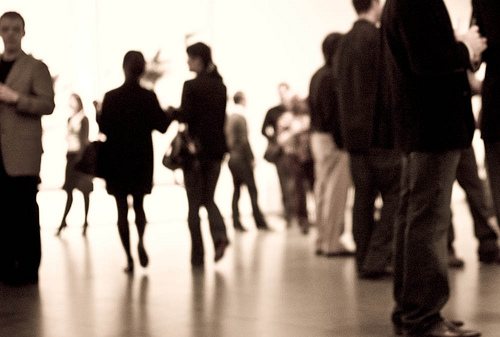
At Thanksgiving, while my cousins bragged about their time at the de Young in San Francisco or at the Met when their dad took the family along to New York on business trips, Joe and I were left discussing our time at the Northwest Museum of Arts and Culture. According to the high school student who served as our docent, it’s “the world’s largest collection of local Pacific Northwest Indian Art.” That’s not exactly true, though, because in the basement there’s a small plaque that reads:
“The Pacific Northwest’s Largest Reserve of Indian Art Found Between 1921 and 1933.”
What happened in 1934 I’m not exactly sure, but I imagine the museum’s lawyer having a sit-down with the marketing team after it tried to get away with a little exaggeration. There really wasn’t reason to lie. Everyone knew it wasn’t the greatest museum; still, people went sometimes, if only to say at dinner that night that they “spent the day at a museum,” a phrase that rocketed you to the level of sophisticated aristocrat in our small town.
It got to a point where our cousins boasted too much. At first, we were proud of them for their travels, but when Peter described their trip to New York we nearly laughed.
“Oh, the Mirós at the MoMA. Absolutely amazing. In a word…” he paused, cocking his head to the side like a chicken, surely combing his memory trying to recall what the brochure said, “…it’s a kind of muted sublime.”
“Mmmm…” his sister Elizabeth confirmed, nodding her head. “Copious brushstrokes with a sort of, mmmm, transcendental quality.”
Our parents probably thought it all quite cute: four small children sitting around eating turkey and drinking raspberry juice and talking about high-concept art. Although it always turned out to be a one-way conversation, we still tried to contribute.
“Well those cool Indian coins from 1924 are…” I said, pausing like Peter had done. “…rusty.”
“Yes… rusty,” Joe confirmed.
It was always a wonder that our younger sister, Elaine, who was in a playpen that Thanksgiving, turned out to be the family’s artiste, as my father called her, butchering the French but loving the “international ring” all the same. Just out of college she was offered a job at the auction house Christie’s in New York and happily accepted. Her business card read “art analyst.” I’m still not exactly sure what that means even after she described it, but honestly, I’m not entirely sure she knows, either. “Essentially, I’m an industry expert,” she once told me. “I look at art with a trained eye and tell my clients if it’s a good buy.”
“Well how do you know if it’s a good buy?”
“You just know, ya know?”
“No.”
“Well you do.”
“So,” Joe asked. “You say ‘yes’ if it’s a Picasso, ‘no’ if it’s not? That sort of thing?”
“Sort of.”
In my freshman year of high school, Mom and Dad sent us to New York for the weekend to see Elaine. When we got there, she greeted us like a real “New Yorker,” with all the pomp and circumstance that accompanies pointing out shoddy delis and movie houses that have duped their small clientele into equating dilapidated chairs and broken screens with “cinema history.” Her accommodations were “New York” as well. When she told us she lived in a “false two bedroom,” we should’ve been slightly more suspicious. We didn’t realize that the second “bedroom” was a Murphy bed, pulled from the wall with a mattress so old the springs felt like blunted daggers in our backs.
“Most New Yorkers don’t even have two beds, so consider yourself lucky,” she said, seeing our discomfort.
I meant to say, “But you have a fancy briefcase and eggshell white business cards, so why in God’s name are you living in this?” but what came out was, “New York is misery.”
As soon as we got to MoMA, I beelined to the gift shop. Now I’m not normally one for collectable postcards and scented mugs and all that, but I couldn’t wait to have something, anything to send to my cousins to show them where we were. Joe and I decided on the “Monet chocolate-covered raspberries” which had “world-class Impressionism imprinted on every berry.” The note, which we wrote to accompany the gift later that evening, read, “How ’bout this for art? Monet? Yeah, he’s not too bad.” We weren’t sure if they’d get the sarcasm, but we hoped they would. If not, at least the chocolate would be melted and they’d be stuck staring at runny berries.
It was perhaps a bit cruel to send a rude note with melted chocolates, but after the envelope full of flour marked “BEWARE: ANTHRAX” they’d sent us two years back, it felt good to at least begin to get vengeance.
To the bottom of the note we added, “No more rusty Indian coins for the Delistraty boys. Deal with it,” and signed it “D-Boys XOXOXO,” which, in retrospect, probably made it all a lot less intimidating.
Elaine didn’t understand why we were so set on buying a gift, but she waited patiently, trying to impress the museum volunteers.
“You two done playing around?” she asked when we sauntered over from the gift shop.
“Geez, relax, such a Columbia student,” Joe said, exaggerating an eye roll.
“Whatever, let’s go show you two some art.”
When we go to the top floor – really, the only floor worth visiting at MoMA – I spotted a Miró across the room.
“Tell me sister, you’re an expert: Wouldn’t you agree this Miró is a sort of muted sublime?”
She touched her neck and closed her eyes in thought.
“Yes,” she finally said. “I would. That’s nice. Where did you decide to start learning about art?”
“Oh, nowhere, really. It was just a feeling I got looking at it,” I said, narrowing my eyes. “A sort of intuition. Think I’d be a good fit in your biz?”
Joe, who was looking at some melting watches next to us, asked, “What about me?”
“Eh?” Elaine said. “Doubt it.”
I’m not sure I’ve ever beamed so bright.
“Think you know a lot, huh?” Elaine said, turning back to me.
She enjoyed asking these kinds of questions that were loaded with such an assumption of superiority that I’d decided long ago to plow through with full confidence.
“Yeah, absolutely,” I said.
“Want to come to an auction tomorrow then?”
“I do! Very much. Will Joe be coming? After all, I’m the one who’s been working on my art appreciation lately.”
“Of course he will. I have to take care of both you two.”
“Dammit,” I muttered.
“Sorry, what was that?” she asked.
“Let’s plan it!”

My parents had never been too excited about Elaine going to New York. “Now Boston. That’s a college town,” my father would say. “All the young, smart girls you could want for miles around.” Yet they came to love art and appreciated what Elaine did.
As for Joe and I who hadn’t yet figured out what we wanted to study, they weren’t pushy but enjoyed dropping hints. “Did you know Ella – that’s the girl you like at school, right? – is going to study political science, then go to law school? That’s really something, huh?” To my father, it didn’t matter that Ella was a girl I’d had a crush on in the second grade and hadn’t seen in a decade, but I figured I’d assuage his worries of my potential unemployment just the same. For the weekend, I could pretend I was enraptured by the art world, that I endeavored to follow Elaine’s career path.
Standing outside Christie’s, Joe and I had Elaine take a picture of us to send to Dad. We also sent one to our cousins. We didn’t dare actually go inside to the auction with Elaine, scared we might be mistaken for people who actually belonged there, people who knew something about art. But our cousins didn’t need to know that.
In our letter to them we recounted our long day at an auction, talking about how we’d purchased “an extraordinary specimen of art” but that it “had to stay with Elaine in New York for a while,” so they could never see it. We signed it “Working at Christie’s, No Big Deal – Your Favorite D Boys XOXOXO.” They, of course, knew that we didn’t work or purchase anything at Christie’s, yet we hoped they might be impressed, if only for a bit.
Brief though the moment may have been, looking back on it, I think it’s all we really needed. I still go back to the Northwest Museum of Arts and Culture when I’m home in little Spokane, and, somehow, it’s more charming than ever.
The marketing is still exaggerated and the docents are still doe-eyed, but what you grow up with sticks with you. Although the appraisers at Christie’s or my cousins may scoff, those rusty Indian coins will always be more valuable to me than any Picasso or Dalí. ![]()

